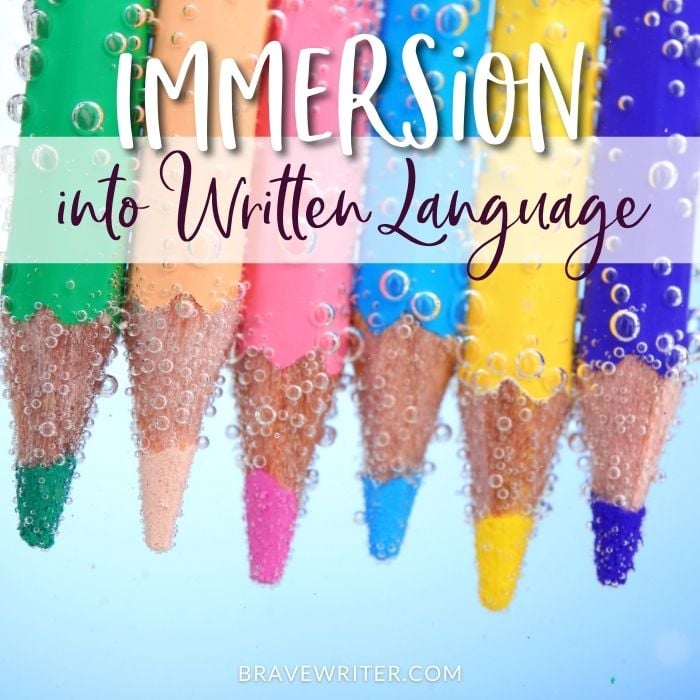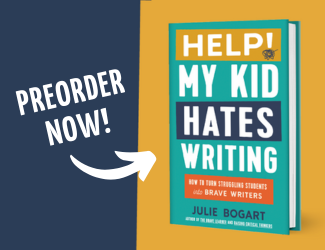Becoming Comfortable with Language

Think of teaching writing to your children in the same way you taught them to speak. You didn’t tell them to conjugate verbs or to use articles. Sometimes they even made attempts to get the right plural and “missed.” But over time, through exposure, modeling, and a little intentionality, they “got the hang” of speech.
Instruction after they were comfortable with spoken language created opportunities to teach your kids etiquette, how to introduce people, how to answer the phone (maybe!), and more.
Written language can work the same way. For instance, each of our Darts focuses on language inductively—the passage suggesting the focus. You can certainly ask your children questions:
- What is the dot at the end of the sentence?
- Do you know its name?
- What do you think it does?
- What do you see in the word after every period?
Your kids’ answers may even surprise you and yield new ways of “seeing” what the sentence markings do.
The point is you don’t have to follow a systematic approach to written language any more than you did with speech. The goal of the entire Brave Writer language arts programs (Dart, Arrow, Boomerang, and Slingshot) is to help you immerse—with your kids—noticing, commenting, exploring, playing with.
Over time, your children will develop a sense of how it works through copying, dictation, and practice that is intuitively fluent (which is easier to sustain than memorizing rules).
Also, allow yourself to be led by your own curiosity and understanding. Some of the writing in our products IS for the parent—to help you grow in your own understanding of how language works and what are literary devices—to keep you aware and present to possibilities within the text. But if something doesn’t yet feel comfortable, you’ve got years with each child ahead of you. You’ll be circling back over these ideas again and again.
Sips—take sips.
Image by Africa Studio / Fotolia (text added)


















